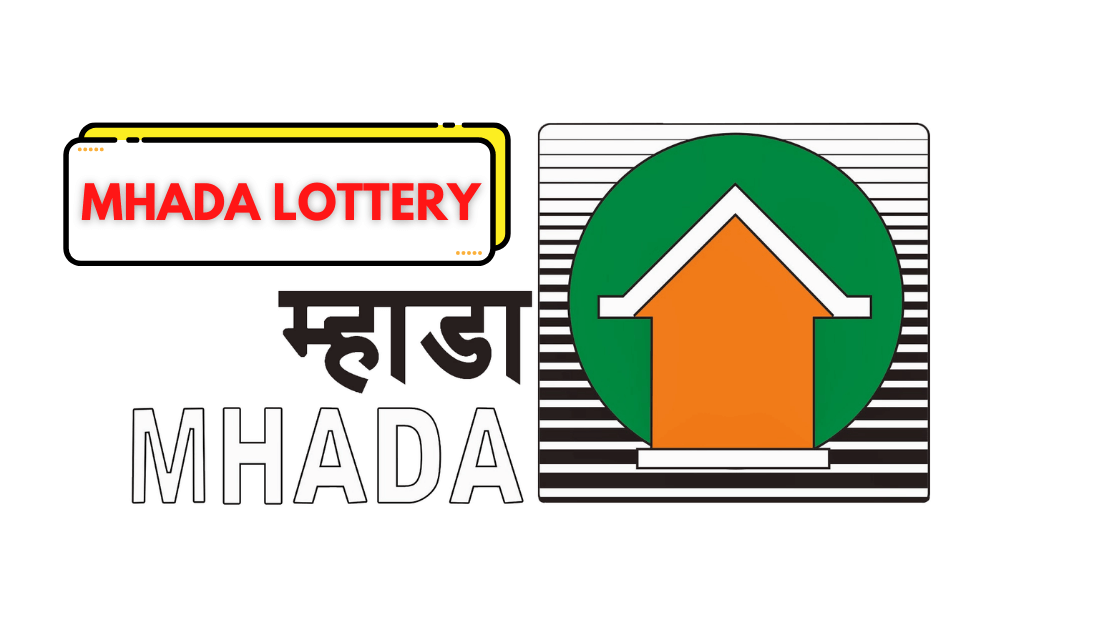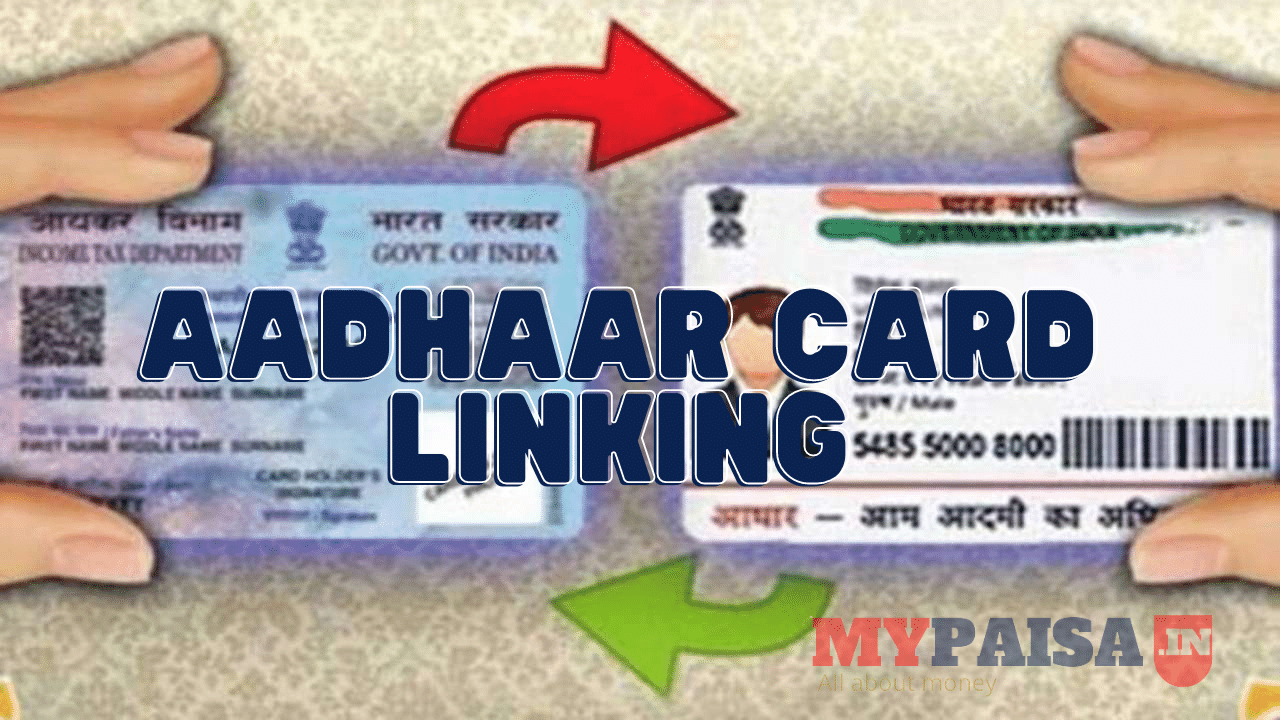On August 15, 2025, Prime Minister Narendra Modi announced the most ambitious employment scheme in India’s recent history. The Pradhan Mantri Viksit Bharat Rozgar Yojana (PM-VBRY) represents a paradigm shift in how the government approaches job creation and youth empowerment.
Scheme Overview & Scale
Financial Commitment
- Total Budget: Rs 99,446 crore over 2 years
- Job Creation Target: 3.5 crore new jobs
- Beneficiaries: 1.92 crore first-time job seekers
- Implementation Period: August 1, 2025 to July 31, 2027
Scheme Structure
The scheme operates through two distinct components:
Part A: Direct benefits for first-time employees
Part B: Incentives for employers creating new jobs
Part A: Employee Benefits – The Rs 15,000 Golden Opportunity
Eligibility Criteria
To qualify for the Rs 15,000 incentive, candidates must meet these specific requirements:
Primary Requirements:
- First-time private sector employment (never been employed in organized sector before)
- EPFO registration mandatory (automatic for organized sector jobs)
- Monthly salary ceiling: Up to Rs 1 lakh
- Employment period: Job must start between August 1, 2025 and July 31, 2027
- Minimum service: Must work continuously for at least 6 months
- No prior EPFO membership before August 1, 2025
Payment Structure & Timeline
First Installment: Rs 7,500
- When: After completing 6 months of continuous employment
- Condition: Must maintain the same job for entire period
- Payment method: Direct transfer to Aadhaar-linked bank account
Second Installment: Rs 7,500
- When: After completing 12 months of employment
- Additional requirement: Must complete financial literacy program
- Savings component: Part of this amount deposited in designated savings instrument
Application Process for Employees
The process is designed to be seamless:
- Automatic eligibility upon first-time EPFO registration
- UAN creation with Aadhaar authentication via UMANG app
- Face authentication for biometric verification
- No separate application required – benefits flow automatically
Part B: Employer Incentives – Encouraging Job Creation
Employer Benefits
Companies creating new employment opportunities receive substantial incentives:
Standard Incentive:
- Amount: Up to Rs 3,000 per employee per month
- Duration: 2 years for most sectors
- Extended benefit: Up to 4 years for manufacturing sector
- Payment frequency: Every 6 months
Employer Eligibility & Requirements
- Small companies (less than 50 employees): Must hire minimum 2 additional workers
- Large companies (50+ employees): Must hire minimum 5 additional workers
- Must be registered with EPFO
- Submit monthly ECR (Electronic Challan cum Return) with PF contributions
- Maintain new hires for minimum 6 months
- Ensure wages don’t exceed Rs 1 lakh monthly limit
Employer Application Process
- Obtain EPFO code through Shram Suvidha Portal
- Register on EPFO employer login website
- Hire eligible employees meeting salary criteria
- File monthly ECR with provident fund contributions
- Maintain employment for the required duration
Unique Features & Innovation
Financial Literacy Integration
A groundbreaking aspect is the mandatory financial literacy module for the second installment. This ensures:
- Better financial decision-making by new employees
- Promotion of savings culture among youth
- Preparation for economic challenges
Savings Promotion
The scheme innovatively deposits part of benefits into savings instruments, encouraging:
- Long-term wealth building
- Financial discipline among first-time earners
- Reduced dependence on debt
Technology Integration
The scheme leverages cutting-edge technology:
- Aadhaar-based authentication for seamless processing
- Direct Benefit Transfer (DBT) eliminating middlemen
- UMANG app integration for easy access
- Real-time verification through EPFO systems
Sectoral Focus & Strategic Priorities
Manufacturing Emphasis
The scheme shows special preference for manufacturing sector:
- Extended incentives (up to 4 years vs 2 years)
- Higher employer benefits for sustained job creation
- Alignment with Make in India initiative
Target Industries
Primary focus sectors include:
- Manufacturing and production
- MSME (Micro, Small & Medium Enterprises)
- Services sector
- Technology and IT companies
Implementation Mechanism
Administrative Structure
- Nodal agency: Employees’ Provident Fund Organisation (EPFO)
- Portal integration: Shram Suvidha Portal for seamless processing
- Monitoring: Real-time tracking through digital systems
Payment Architecture
- Direct transfer to Aadhaar-linked bank accounts
- ABP (Aadhaar Bridge Payment System) utilization
- Instant processing upon eligibility confirmation
- Direct credit to PAN-linked company accounts
- Bi-annual disbursement (every 6 months)
- Automated processing based on compliance
Economic Impact & Significance
Immediate Benefits
- 3.5 crore jobs creation over 2 years
- Direct cash injection of Rs 15,000 per beneficiary
- Formal sector expansion through EPFO registration requirement
Long-term Economic Effects
- GDP boost through increased employment
- Tax base expansion as informal workers join formal sector
- Consumer spending increase from higher disposable income
- Skill development through mandatory financial literacy
Challenges & Considerations
Implementation Challenges
- Scale of operation: Processing 3.5 crore applications
- Verification systems: Ensuring authentic first-time employment claims
- Compliance monitoring: Tracking employer adherence to hiring commitments
Success Metrics
- Job retention rates beyond minimum 6-month period
- Formal sector growth measured through EPFO registrations
- Regional distribution of benefits across states
- Sectoral impact particularly in manufacturing
Comparison with Previous Schemes
Evolution from ELI Scheme
PM-VBRY replaces the earlier Employment Linked Incentive (ELI) Scheme, with enhancements:
- Larger budget allocation (Rs 99,446 crore vs previous schemes)
- Direct cash benefits instead of just employer incentives
- Technology integration for seamless delivery
- Financial literacy component for holistic development
Global Context & Uniqueness
International Comparison
PM-VBRY stands out globally due to:
- Scale of coverage: 3.5 crore beneficiaries
- Direct cash transfer to employees (rare globally)
- Technology-enabled delivery system
- Dual beneficiary approach (both employers and employees)
Future Implications
Policy Precedent
This scheme sets new benchmarks for:
- Government intervention in employment generation
- Technology-driven welfare delivery
- Private sector participation in national objectives
- Skill development integration with employment schemes
Expected Outcomes
By July 2027, the scheme aims to achieve:
- Significant reduction in unemployment rates
- Formal sector expansion by millions of workers
- Enhanced financial literacy among youth
- Strengthened employer-employee ecosystem







